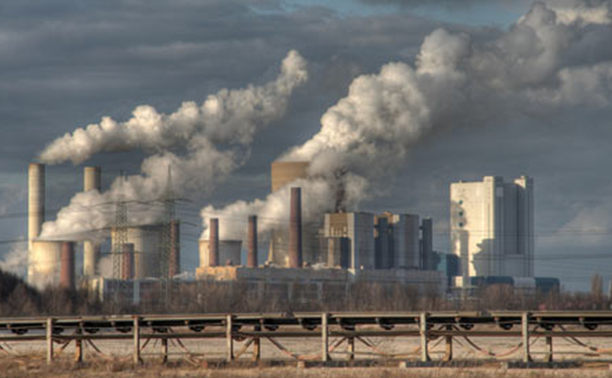
image: asianpower.com
CSE India Report: Coal-fired power
by Tim Willmott : Comments Off on CSE India Report: Coal-fired power
More than 70 per cent of India’s electricity is produced by coal-fired power plants. Most of them do not have modern technologies and use low-grade coal that is low on energy content and high on waste. As a result, the coal power sector is one of the most polluting and resource wasteful. The best performing plant could get only an average Three Leaves Award by scoring about 50 per cent marks, while a whopping 40 per cent of the sample scored less than 20 per cent. Since coal is crucial to meet the energy needs of the country, its use will grow. This will intensify pollution and resource conflicts unless the industry shapes up and regulators improve pollution standards and scrutiny.
In a two-year study by the Centre for Science and Environment the plants were rated on environment and energy performance.
The biggest issue involved in the use of coal as a resource is pollution. Indian coal is of poor quality: around a third of the country’s coal content is ash; it also has fewer calories hence more of it needs to be burnt to generate power. The result is more emissions and ash, necessitating better pollution control technologies. But the case is just the opposite, with lower investment in pollution control.
Recommendations
Some of the report recommendations included:
Air pollution norms: India needs tighter norms. For instance, the norms of particulate matter for even new plants at 50 mg/Nm3 compare unfavourably to Chinese norm of 30 mg/Nm3.
Closure of old/inefficient plants: China undertook a programme to substitute smaller units with larger and more efficient ones, with policy support that included financial incentives—114 GW of older capacity was shuttered in a decade. India’s Planning Commission suggested that plants older than 30 years and deviating more than 20 per cent from design should be retired, but implementation remains spotty.
Accelerating introduction of supercritical/ultra supercritical (SC/USC) plants: The National Electricity Plan (2012) has advised the Union environment ministry to refuse clearances to projects based on subcritical technology after 2012 and no coal linkages to subcritical plants 2017 onwards. The ministries need to put forward an action plan to ensure that upcoming plants utilise only SC/USC technology.
Better water management: Regulatory guidelines should discourage excessive use of water. Best practices should guide approval of water needs. Importantly, tariffs paid for water by the power plants need to be increased. Regulations should make metering of water use mandatory for every significant consumption area in a plant, for example, cooling towers. This will make it easier to monitor areas of excess consumption and take reduction measures.
Integrated energy policy: An integrated energy policy with renewables in the mix can meet several objectives including improving energy access and reducing coal-based capacity needs. The next few years will also see increasing pressure by the international community to reduce its carbon intensity with India being the 3rd largest emitter of GHGs after China and the US. Increased investments in renewables will help in this too.
Environment clearances: Environmental clearances should require best available technologies. Also, a comprehensive assessment of pollution abatement cost of coal-based power should be done. This cost should be added into the project cost so that the viability of various alternatives can be compared. This can help meet multiple objectives: regulators can require additional pollution control equipment to counter environment impact; tariff can be set to account for environmental costs.
Centre for Science and Environment
41 Tughlakabad Institutional Area
New Delhi 110062




Comments are closed